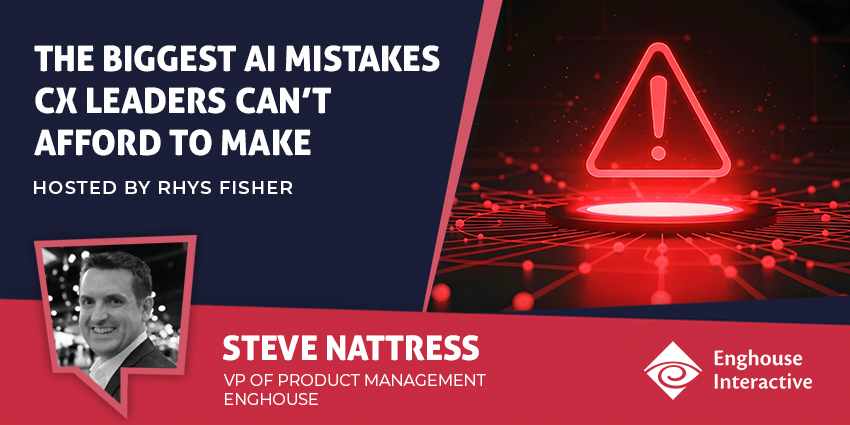Semafone, one of the world leaders in compliance and security solutions for communications companies, recently issued a warning to businesses with their own contact centres, informing them of the top 5 threats inside their own network. According to a worldwide review of contact centre agents, these threats could be risking the security of customer data.
The study, complete with a guide on how to avoid the major risks in the contact centre environment, was officially unveiled at the Call & Contact Centre Expo in London. The information provided highlights the scenarios and individuals that could potentially cause a brand-damaging data breach outside or inside of the contact centre. Although not all the threats in the report are malicious in nature, some insider risks include issues like coercion, bribery, and social engineering.
The 5 Biggest Insider Risks of the Contact Centre
The guide provided by Semafone highlights the fact that security problems can come from both inside, and outside of the business. With the advice within, companies may be able to better recognise some of the threats that face their organisation and discover ways of effectively combatting them. Some of the risks include:
- Temporary Employees: With less loyalty to their employers, some temporary staff can be a threat, particularly when the right screening processes aren’t used
- Accidental Clicks: Even if an employee is trustworthy, they may accidentally open an email or click on a link that unleashes a dangerous virus into the system
- Disgruntled Employees: Staff with a personal grudge against the brand, or management might take advantage of their access to data and steal important information
- Hidden Hackers: Anyone in a contact centre environment who has access to agent computers could potentially steal the sensitive information within. For instance, a rogue employee might insert a Remote Access Trojan so that they can access the device remotely and collect customer data
- The Cleaner: Anyone who has access to a contact centre facility will be able to access company-stored “personally identifiable information” For example, someone who works to clean the offices might have plenty of building access where they can use USB drives to steal information
Protecting the Contact Centre
Semafone note that their report and guide only cover some of the different types of cybercriminals that the average contact centre might face. However, as these are some of the most common threats to most businesses, the information revealed by the report may help to protect customers against brand-damaging breaches and data problems. While most employees are highly trustworthy people, it would only take a single rogue agent to bring an entire security system crashing down.
Semafone believes that the best way to defend the contact centre is to remove as much sensitive personal information from the business infrastructure as possible. This should help to reduce the amount of risk a contact centre encounters when it comes to potentially costly data breaches. The new eBook published by Semafone provides a deeper insight into the study and offers tips on how to mitigate threats.







